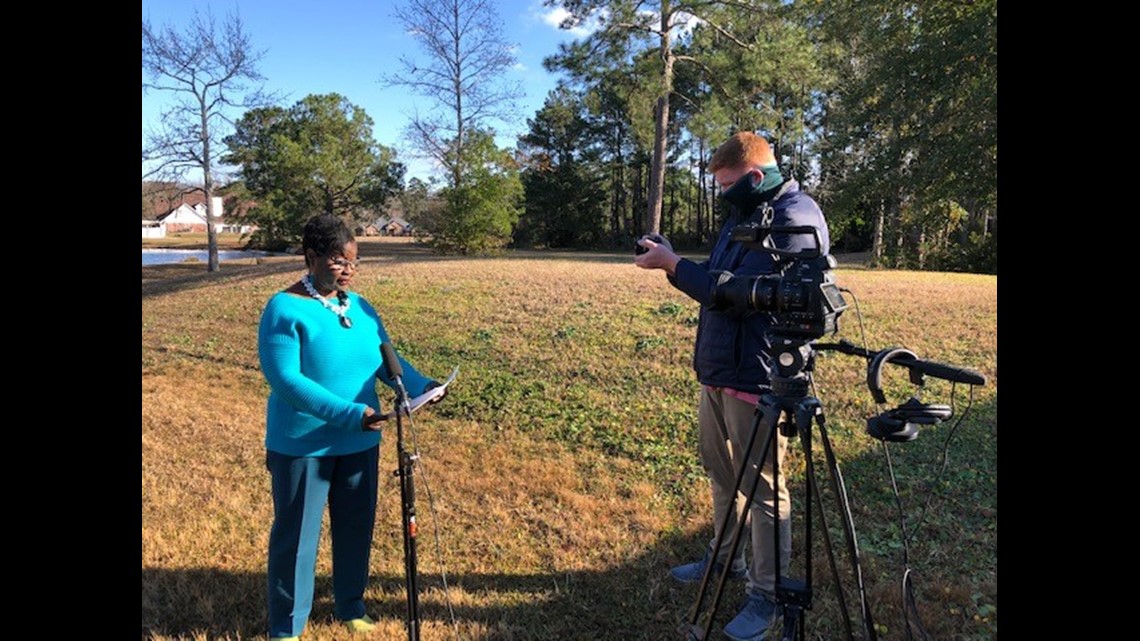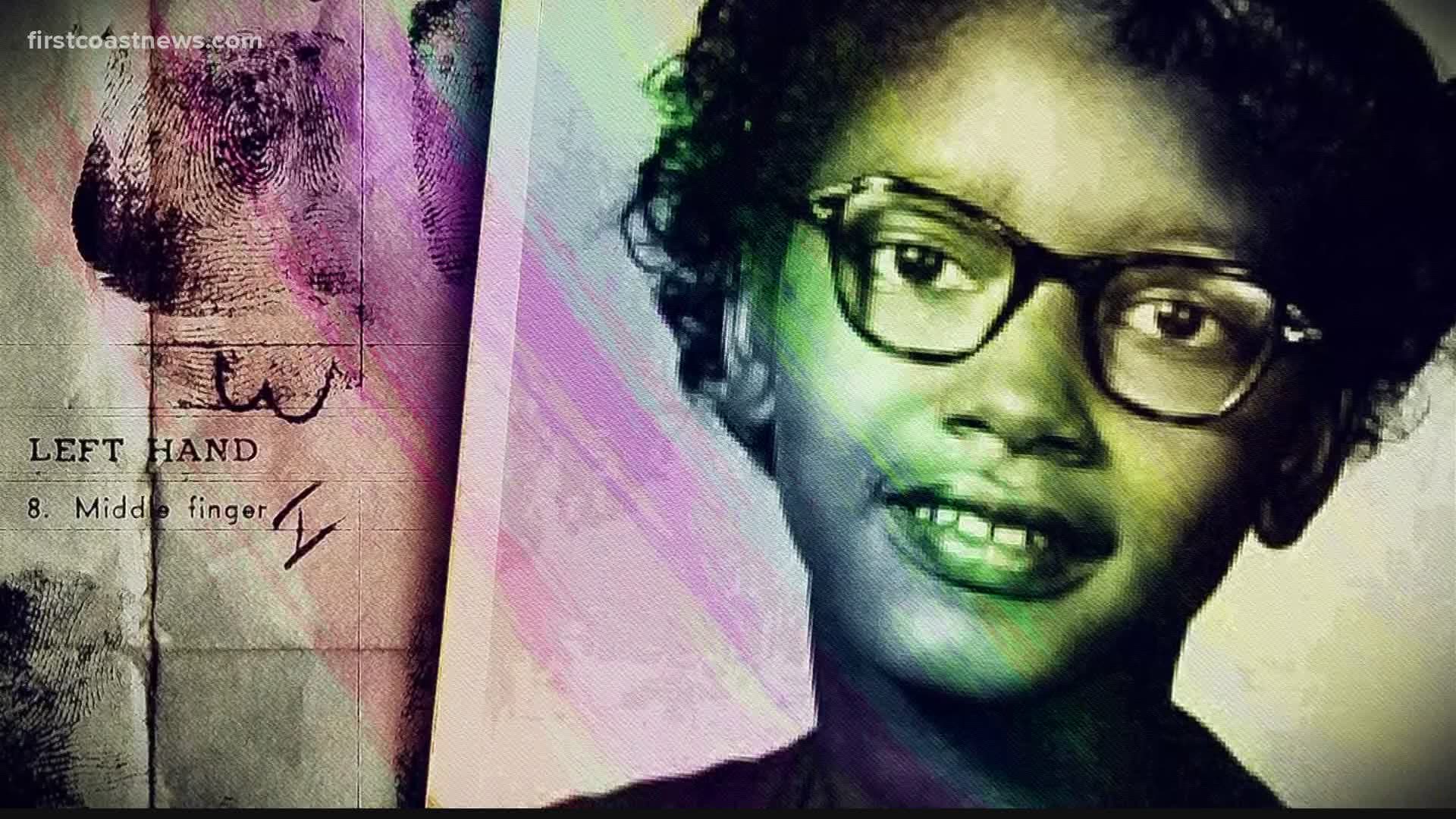JACKSONVILLE, Fla — There are people we’ll meet through stories from long ago that continue to shape our present and future selves.
Claudette Colvin took a stand by sitting down on a Montgomery, Alabama bus on March 2, 1955 when told to give up her seat to a white passenger. Now nearly 66 years later her bravery serves as a reminder of the courage it takes to bring about significant change.
At age 72, Dr. Barbara Darby says she can relate to then, 15-year-old Colvin.
“I’ve had a number of experiences where color was used to impede my progress,” Darby said. “We as a people have learned to push through all of those things used to deter us. We've kept our eye on the prize and that's how we've made it just like that young lady did.”


Darby is an author, community advocate and former educator. In a First Coast News series that brings moments in Black History to life, Darby narrates the story of Colvin’s bravery as a visual artist, Erin Kendrick with vibrant colors paints the dark past.
Standing in her backyard on a cool January morning in the open air with a pond nearby, Darby reflects on Colvin’s audacity as she reads aloud the event that sparked a movement.
“An 'A' student who aspired to be President one day would learn that what she had been taught in her textbooks, her constitutional right was not the instruction shared with or acknowledged by all,” Darby reads from a sheet of paper while periodically glancing up at the camera. “ ‘Get up’ said the bus driver as Claudette Colvin sat weary of the injustice she had seen already at 15 years old for far too long. Passengers demanded she be moved but formerly enslaved heroes, Harriet Tubman and Sojourner Truth, their presence was felt as Colvin sat glued to the seat she was told to give up to a white passenger. Driven by anger and afraid she yelled ‘it's my constitutional right and I'm not going to move!’ Officers were called and the teen in turn was dragged off the bus. Arrested and booked, the vivid sound of a key locking Colvin inside of a jail cell terrified her. Reciting the Lord's prayer she yearned for help to soon arrive. But even after Colvin's minister paid her bail the teen along with her family stayed up throughout the night, afraid of the possibilities ahead knowing retaliation could be deadly. Colvin's moral courage helped change the course of history. Ultimately she became one of four plaintiffs in Browder v. Gayle which ruled that Montgomery's segregated bus system was unconstitutional.”
Colvin refused to give up her seat to a white passenger in Montgomery, Alabama nine months before Rosa Parks did the same. The NAACP briefly considered using Colvin's case to challenge the segregation laws but they decided against it because of her age. She also had become pregnant several months after her arrest and they thought an unwed mother would attract too much negative attention in a public legal battle.
Darby who is now retired served as President of the North Campus and the Nassau Center at Florida State College at Jacksonville. She’s also the author of a book titled 'My Leadership Journey: Wisdom from the Trenches'.
Darby is involved in more than a dozen civic groups in Jacksonville including serving on the boards of Kids Hope Alliance, Volunteers in Medicine, Jacksonville Symphony, Eartha M. White Legacy Fund Advisory Board and Memorial Hospital Board of Trustees. She has received numerous awards for her achievements over the years including the Mayor’s Trailblazer Award in Education, National Council on Black American Affairs-Southern Region – Distinguished Educator Award and the Women of Color Cultural Foundation Award for Education.
The visual artist featured is Erin Kendrick. She’s also an arts educator.
“In my paintings and installations, I examine contemporary spectatorship, through the lens of the oppositional gaze, and the power of language as it relates to perceptions of and about black women and girls,” Kendrick said. “Historically we have been victims of language as our ascribed identities were largely derived from negative depictions that have been distributed historically via media, art, and contemporaneously, social media. In my work, black women and girls are not just objects designed to be seen but serve as deliberate spectators and witnesses.”
Kendrick’s artwork is currently on display at the Cummer Museum of Art Ventures 30th Anniversary Exhibition. Her next exhibition opens March 1st at FSCJ South Campus Gallery at the Nathan H Wilson Center for the Arts.


